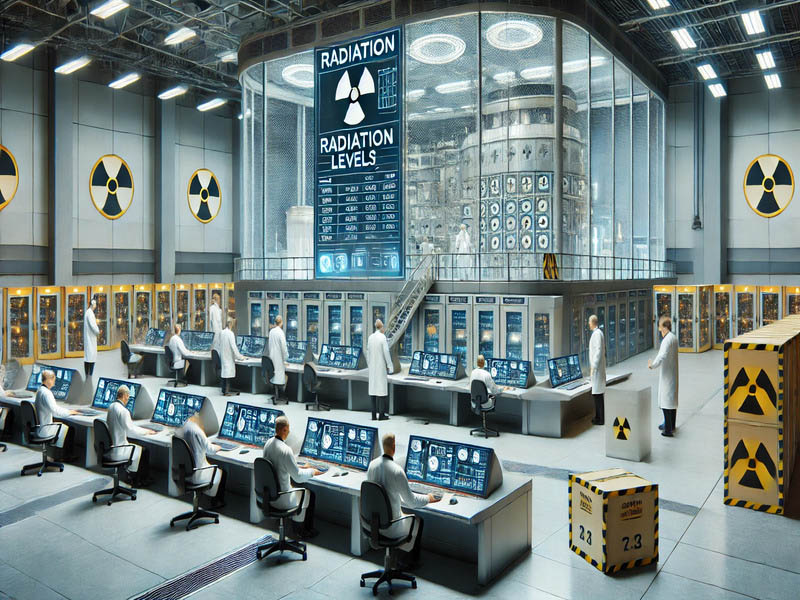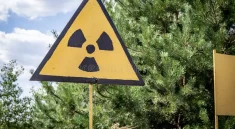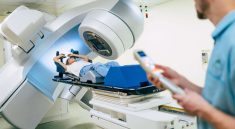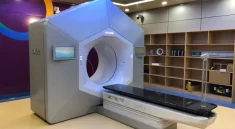ABGX – Radiation Safety Management System and Radioactive Substance Security
Ensuring safety in radiation management is essential to protect humans and the environment from harmful exposure. A well-structured Radiation Safety Management System minimizes risks and enhances security when handling radioactive materials.
Understanding the Radiation Safety Management System
A Radiation Safety Management System is a framework designed to regulate and control exposure to radiation. It follows international safety standards and includes risk assessments, safety protocols, and emergency response strategies.
Many industries, including healthcare, nuclear energy, and research, require strict adherence to radiation safety. Implementing an effective system prevents contamination and safeguards employees, the public, and the environment.
Key Components of a Radiation Safety Management System
1. Regulatory Compliance
Organizations handling radioactive substances must comply with national and international safety regulations. Governing bodies such as the International Atomic Energy Agency (IAEA) provide guidelines for best practices in radiation protection.
2. Risk Assessment and Monitoring
Regular risk assessments help identify potential hazards and mitigate exposure risks. Advanced radiation detection technologies ensure safe levels of radiation within working environments.
3. Personal Protective Equipment (PPE)
Workers dealing with radiation require specialized protective equipment. PPE includes lead aprons, radiation shields, gloves, and protective eyewear to reduce exposure risks.
4. Radioactive Substance Security
Securing radioactive substances is crucial to prevent unauthorized access and potential misuse. Facilities must implement strict security protocols, including controlled access, surveillance systems, and proper storage.
5. Employee Training and Awareness
Training is essential to educate employees on safety procedures and emergency response protocols. Regular drills and workshops reinforce the importance of radiation safety in the workplace.
6. Emergency Response and Preparedness
A well-prepared emergency response plan is critical in case of radiation leaks or exposure incidents. Organizations must have protocols in place for containment, evacuation, and medical intervention.
The Role of Technology in Radiation Safety
Advanced technology enhances the efficiency of radiation safety management. Radiation monitoring devices, automated detection systems, and digital safety protocols improve workplace security. Platforms like ABGX provide up-to-date information on radiation safety regulations and best practices.
Challenges in Radiation Safety Management
– Regulatory Compliance
Keeping up with evolving regulations requires constant monitoring and adaptation. Organizations must regularly update their safety protocols to align with industry standards.
– Human Error
Despite rigorous safety measures, human error remains a significant challenge. Continuous training and strict adherence to protocols reduce the risk of accidents.
– Security Threats
Unauthorized access to radioactive substances poses serious security threats. Enhanced surveillance, cybersecurity measures, and restricted access help mitigate potential risks.
The Importance of Public Awareness
Educating the public about radiation safety is vital to prevent misinformation and unnecessary fear. Reliable sources like abgx.net provide insights into the latest developments in radiation management.
A Radiation Safety Management System ensures safe handling, storage, and disposal of radioactive materials. Strict compliance, proper training, and technological advancements play key roles in minimizing risks. Organizations must prioritize safety measures to protect employees and the environment from radiation hazards.



